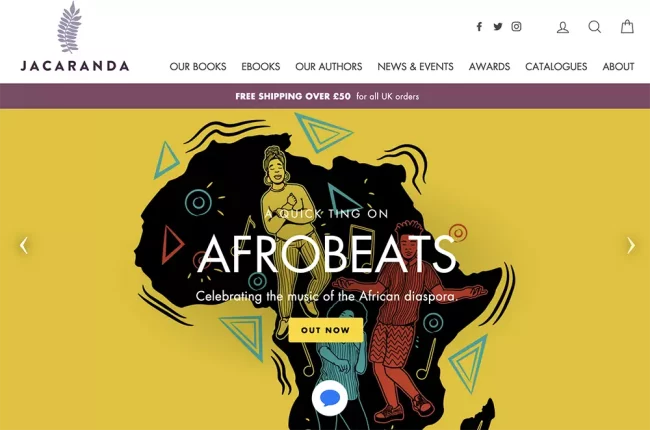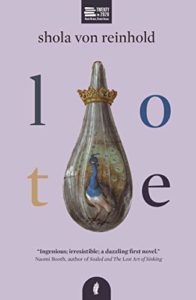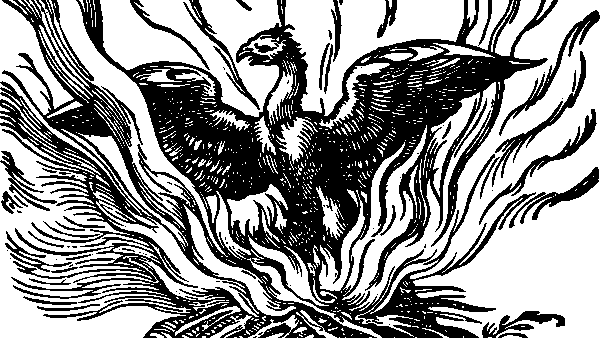Lote, a debut novel by Shola van Reinhold, is an intelligent, beautifully written piece of literary fiction that explores issues of art, beauty, race, sexuality and more.
February is Reading Independent Publishers Month, otherwise known as #ReadIndies, and my contribution is this review of Lote by Shola van Reinhold, published by Jacaranda Books.
I don’t normally pay much attention to the publisher of a book, to be honest, but since this month is all about independent publishers, here’s a quick word about Jacaranda Books. It’s a Black-owned independent publisher founded by Valerie Brandes in 2012.

Here’s how Jacaranda describes itself:
Our ethos is simple — we are committed to publishing ground-breaking writing with a dedication to creating space on the bookshelf for diverse ideas and writers.
The first Jacaranda book I read was the excellent Tram 83 by the Congolese writer Fiston Mwanza Mujila (reviewed here), so I wanted to try another. Lote, a debut novel by the Scottish-Nigerian writer Shola van Reinhold, is part of Jacaranda’s popular #TwentyIn2020 initiative to publish 20 titles by 20 Black British writers in a single year.
Lote is a tough book to classify and describe, which is usually a good thing in my experience. As I wrote in last month’s reading roundup:
“It’s hard to encapsulate in a few sentences: the plot will sound dull if I tell it to you, but this is a novel about art, beauty, race, sexuality and so much more.”
So let me briefly describe that plot to you. Mathilda lives a strange, solitary existence on the margins of society, moving between different worlds and performing periodic “Escapes” to extricate herself from the lies she has told in the various constructed identities she inhabits. What starts as “the classic impetus of working-class queer kidz fleeing the conformity and violence of a literal or metaphorical ‘small town'” gradually morphs into something else. Escape follows escape as Mathilda pursues “queer and glittering new horizons.”
Then she becomes transfixed by Hermia Druitt, a Black poet from the 1920s who was associated with some of the most famous artists, aristocrats and bohemians of the age, but whose work and life has now been almost completely forgotten. Mathilda’s search for information about Hermia Druitt takes her to a weird artists’ residency in the European town of Dun, where Hermia once lived.
It turns out that the residency is devoted to the ideas of Garreaux, a dour theorist who believes in stripping art of anything associated with “Beauty and Romance and all attendant horrors” and making it a purely intellectual exercise. Mathilda and the other artists are expected to make their submissions in plain white notebooks which are then filed away in an archive and never viewed by anyone. The experience itself is an ascetic one, with the artists denying themselves anything but the plainest food and clothing and scorning anything that smacks of needless ornamentation.
Mathilda is repulsed by all this and finds herself increasingly drawn to Hermia Druitt, who represents the exact opposite. Hermia lived extravagantly, decadently, devoting herself to beauty—so much so that she started a society called the Lote-Os that was dedicated to “The Luxuries” and reviving the practices of the mythical Lotus Eaters.
And so a conflict is set up between these opposing ideas of what art and life are all about. It’s represented in the confrontations between Mathilda and the other members of the artists’ residency, which become heightened when Mathilda finds an ally in the flamboyant, sensitive, pleasure-loving Erskine-Lily. Together they set up their own form of the Lote-Os, devoting themselves whole-heartedly to the pursuit of pleasure and beauty.
Meanwhile, Mathilda discovers that a similar conflict took place in the past between Hermia Druitt and the same Garreaux whose ideas dominate the artist’s residency. It ended, back then, with Hermia’s apartment being literally walled in behind the archive of white notebooks in what became the residency building. The symbolic resonance of a Black woman’s life being obscured by these white notebooks is clear, and it ties in with other events in the novel, in which Black artists and writers are obscured and erased—the same exclusion that continues to this day, and that contributed to Jacaranda’s #TwentyIn2020 initiative.
It’s also very significant that the Black characters represent ornamentation and decoration, which is under attack from a disapproving white culture. Erskine-Lily explores the parallels:
“They humiliated our ancestors for adorning themselves in flowers and beads and gold and tattoos and braids and jewels; they’re still at it. The universe as decoration, of course, comes from Black people, and the idea survives even after the ransacking and incineration of our libraries and palaces.”
There’s a lot more to his speech, and a lot more ideas packed into the novel as a whole. Shola van Reinhold’s debut novel is complex and layered, and it’s very rewarding. For me, it was one of those novels that got better as I continued reading. The opening chapters, when Mathilda is embroiled in research at the National Portrait Gallery and nothing much is happening, seemed to drag a bit, and the artists’ residency was initially not much of an improvement. But as the story began to build and the themes and ideas developed in rich and fascinating ways, I found myself—to use Mathilda’s term—transfixed.
I’d strongly recommend giving Lote a try if you’re after some intelligent, beautifully written literary fiction that offers something truly new and different. You can find out more about it on the Jacaranda Books page, and while you’re there, why not explore more of the books in the #TwentyIn2020 series. I know I’ll be looking for another book from the series to try—let me know if you can recommend any of them!





There are 4 comments
Sounds absolutely fascinating, and as author, book and publisher had so far passed me by, thank you for bringing this one to #ReadIndies! 😀
Yes, it’s a good one! Thanks for organising #ReadIndies – I’d intended to participate more, but it’s been a busy month and I haven’t had so much time for blogging. Good to see you extended the timeframe – I’ll start visiting some of the other posts!
This is definitely on my list! But I hadn’t properly remembered the publisher: thank you. Also, fantastic idea to screenshot the publisher’s page. I hope to remember to do that with next year’s features!
It’s a great read, and something quite different – hope you get to it soon! I’d love to hear what you think.